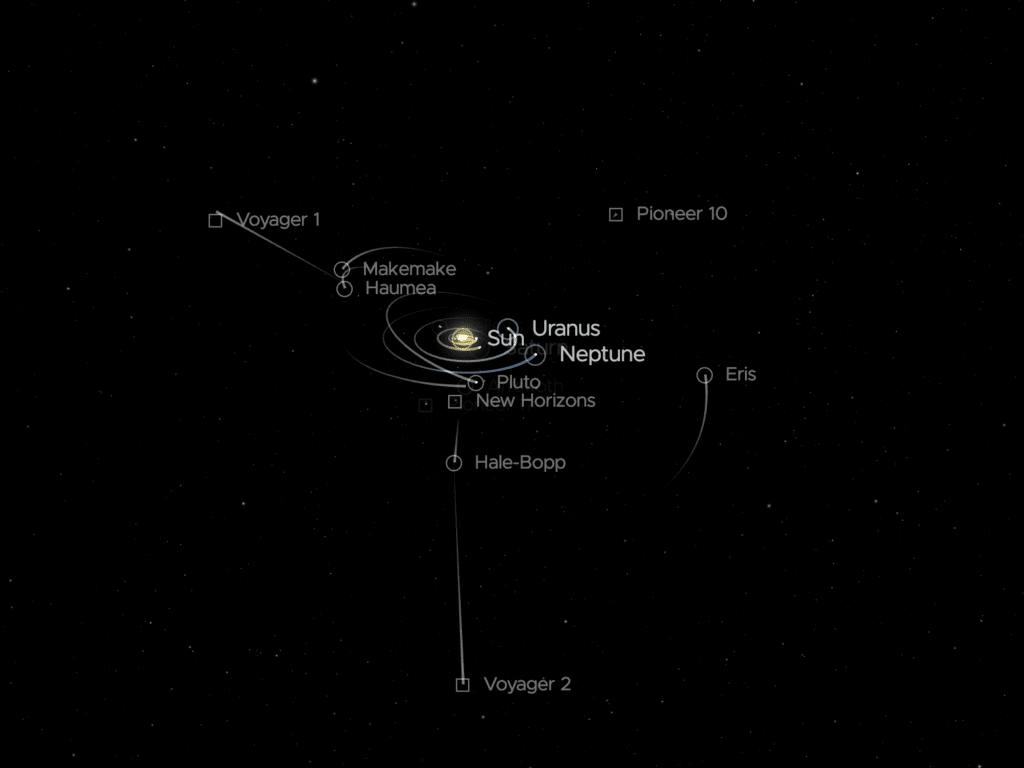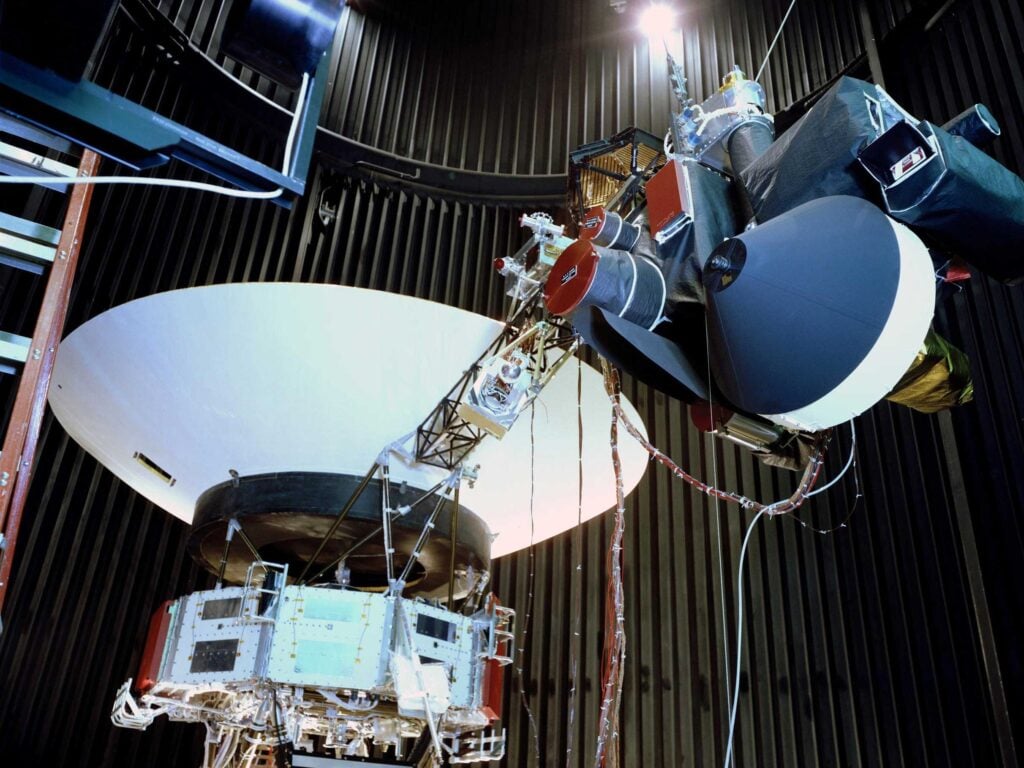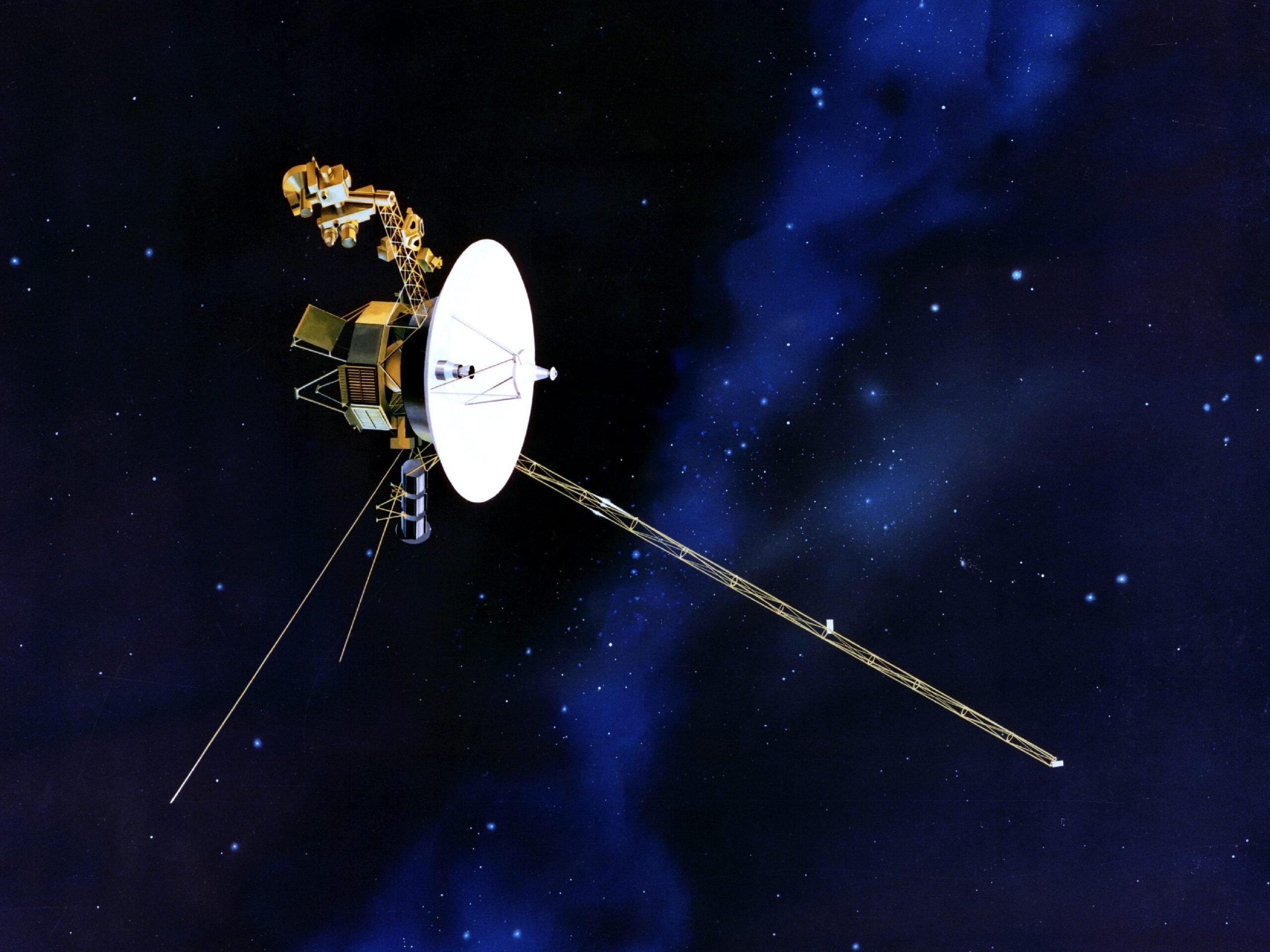The life of the Voyager 2 space probe has been delayed by three years because NASA found a way to tap into a backup power source. The space probe can now travel until 2026.
The two probes named Voyager 1 and 2 have Crucial scientific information provided during spaceflight that has lasted more than 45 years.
The probes are currently located more than 19 billion km (Voyager 2) and 22 billion km (Voyager 1) from Earth, respectively. This is far from our solar system in the interstellar zone, or interstellar space. Voyager 1 and 2 have gone further than any other spacecraft.
“The scientific data that Voyagers send back to Earth becomes more valuable the further they get from the Sun,” says Linda Spilker. She works as a Voyager Project Scientist at NASA’s Jet Propulsion Laboratory in California. “We are committed to keeping as many of the Voyager science instruments as possible up and running for as long as possible.”
Space probes have been traveling through space for the past 45 years
Photo: NASA/JPL/Insider
Voyager 1 and 2 have begun their journey in 1977They are separated by one month. The two probes originally only had a four-year mission to reach the planets Saturn and Jupiter. They both have one “gold record” On board with information about Earth, in case extraterrestrial life intercepts the probes.
The probes continued to exceed expectations and NASA expanded their mission again and again, first toward the planets Neptune and Uranus and later beyond our solar system (heliosphere).

This graph shows the positions of Voyager 1 and 2 relative to the Solar System on April 28, 2023. Image: NASA
The heliosphere is the space around the sun in which particles and the sun’s magnetic field predominate. The heliosphere is also important to Earth because it protects us from cosmic rays.
With the spacecraft now outside the heliosphere, its instruments can provide unprecedented insights into the properties of the heliosphere, such as its shape and protective role.

This illustration shows the locations of Voyager 1 and Voyager 2 outside the heliosphere, the sun’s protective sphere of influence that extends beyond Pluto’s orbit. Image: NASA/JPL-Caltech.
NASA hacked the old probe’s power supply

Image: NASA/JPL-CalTech
The probes get their power from generators that generate electricity from the decay of plutonium. With this power source still weakening, NASA has had to turn off non-essential gadgets to conserve energy, such as cameras and heating.
But when Voyager 2’s power reserves were about to run out, NASA engineers came up with a clever hack that could keep the probe running a little longer.
They found a way to redirect the energy normally used for a safety mechanism to deal with fluctuations in the electricity supply.
“These electrical fluctuations can damage instrumentation, but we determined that the risk is small compared to the benefit of keeping science instrumentation running longer,” JPL Voyager project manager Susan Dodd said in a press release.
“We’ve been watching the spacecraft closely for a few weeks and this new approach seems to be working.”
NASA is also considering this approach for Voyager 1. One of Voyager 1’s instruments had failed before, so the spacecraft consumed less energy than Voyager 2.
According to the space agency, the decision to decommission Voyager 1’s instruments will be made next year.







